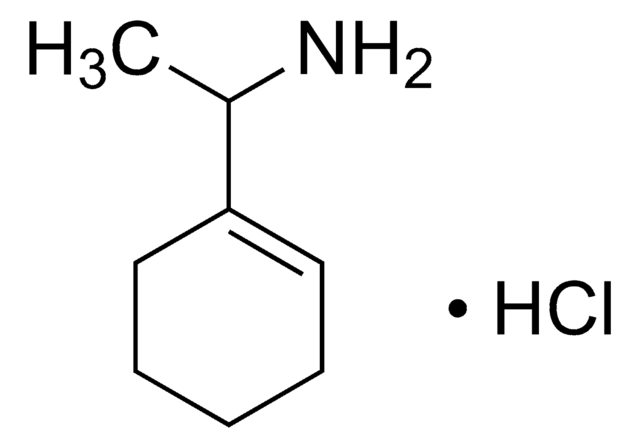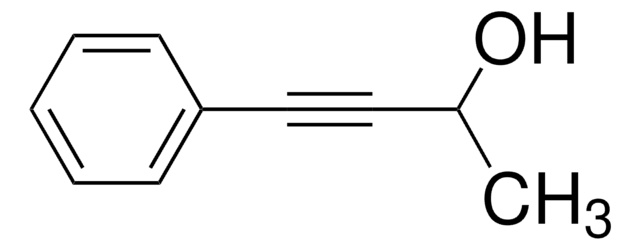About This Item
Recommended Products
Assay
98%
form
liquid
refractive index
n20/D 1.552 (lit.)
bp
260-270 °C (lit.)
density
1.055 g/mL at 25 °C (lit.)
storage temp.
2-8°C
SMILES string
CCOC(=O)C#Cc1ccccc1
InChI
1S/C11H10O2/c1-2-13-11(12)9-8-10-6-4-3-5-7-10/h3-7H,2H2,1H3
InChI key
ACJOYTKWHPEIHW-UHFFFAOYSA-N
Looking for similar products? Visit Product Comparison Guide
Related Categories
Storage Class Code
10 - Combustible liquids
WGK
WGK 3
Flash Point(F)
Not applicable
Flash Point(C)
Not applicable
Personal Protective Equipment
Certificates of Analysis (COA)
Search for Certificates of Analysis (COA) by entering the products Lot/Batch Number. Lot and Batch Numbers can be found on a product’s label following the words ‘Lot’ or ‘Batch’.
Already Own This Product?
Find documentation for the products that you have recently purchased in the Document Library.
Customers Also Viewed
Articles
MOST offers controlled solar energy harvesting and storage, addressing global energy demands with improved storage techniques.
MOST offers controlled solar energy harvesting and storage, addressing global energy demands with improved storage techniques.
MOST offers controlled solar energy harvesting and storage, addressing global energy demands with improved storage techniques.
MOST offers controlled solar energy harvesting and storage, addressing global energy demands with improved storage techniques.
Our team of scientists has experience in all areas of research including Life Science, Material Science, Chemical Synthesis, Chromatography, Analytical and many others.
Contact Technical Service












